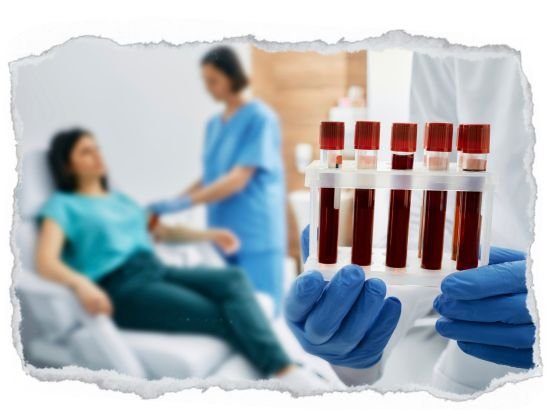
:
A breakthrough in medical science has emerged from Japan — a purple-colored artificial blood that has the potential to save millions of lives worldwide. Developed by scientists in Japan, this innovative synthetic blood, named Hemoglobin Vesicles (HbVs), mimics real blood’s ability to transport oxygen throughout the body. With global blood shortages being a major issue, this invention may revolutionize emergency medicine, surgery, and healthcare in disaster zones.
HbVs are nano-sized particles composed of hemoglobin enclosed within a lipid membrane, approximately 250 nanometers in size. These act like artificial red blood cells and can carry oxygen to all parts of the body. The hemoglobin used is extracted from expired or old donated blood and then stabilized within the nano-vesicles.
Unlike natural red blood cells, which are red in color, this artificial blood appears purplish due to the specific structure and composition of the vesicles — a visual distinction that sets it apart.
One of the most remarkable features of this artificial blood is its universal compatibility. It can be administered to individuals of any blood group (A, B, AB, or O). Since HbVs do not contain blood group markers (antigens), there is no risk of blood type mismatch. This eliminates the complex and time-consuming process of blood cross-matching, making it highly useful in emergency treatments and situations where quick responses are crucial.
Additionally, being virus-free, it also removes the risk of transmitting blood-borne infections like HIV or Hepatitis.
Unlike real blood, which has a shelf life of approximately 42 days, this synthetic blood can be stored for up to 2 years at room temperature. This makes it ideal for use in remote or underdeveloped regions, war zones, natural disaster areas, and by military and mobile health units. Moreover, repurposing expired donated blood reduces wastage and ensures sustainable usage of resources.
The artificial blood was developed by Professor Hiromi Sakai and her research team at Nara Medical University, Japan. The process involves isolating hemoglobin from old blood, purifying it, and encapsulating it in safe, nano-lipid membranes. High-end purification techniques ensure the product is safe, effective, and stable for human use.
1. Fills the Global Blood Shortage Gap:
According to the World Health Organization (WHO), around 112 million units of blood are donated globally each year, but the demand far exceeds supply. This artificial blood can be mass-produced and used in emergencies, surgeries, and accidents, where natural blood is often in short supply.
2. Fast and Effective in Emergencies:
Its easy storage and long shelf life means it can be deployed quickly to disaster-struck or remote areas, enabling faster treatment and improved survival rates in critical scenarios like war zones, earthquakes, and rural settings.
3. No Need for Blood Type Matching:
With this synthetic blood, doctors don’t need to conduct time-consuming blood-type matching, which not only simplifies the transfusion process but also eliminates risks associated with incompatible blood transfusions.
4. Ideal for Surgeries and Medical Use:
This artificial blood can be readily used in complex surgeries, especially cardiac surgery, or in cases of heavy blood loss, providing quick support until natural recovery or further medical interventions are possible.
5. Free from Viral Contamination:
Unlike traditional blood transfusions, which carry the risk of transmitting infections, HbVs are completely sterilized and virus-free, making them safer for widespread use, especially in low-resource settings.
The artificial blood has undergone extensive trials. In early experiments with mice, up to 90% of their natural blood was replaced with HbVs without affecting vital parameters like blood pressure and oxygen levels.
In humans, clinical trials began in 2020 using doses of 10 ml, 50 ml, and 100 ml. By 2025, trials progressed to 100–400 ml doses, and no severe side effects were reported, marking the trials a major success.
Large-scale production of HbVs is expected to commence by 2030, and the product will eventually be made available globally after regulatory approvals.
Despite its groundbreaking potential, this innovation still faces some hurdles:
✅ High production costs: Making it affordable for use in developing countries requires cost optimization.
✅ Regulatory approvals: Each country’s health authorities will conduct independent evaluations, which could affect rollout timelines.
✅ Long-term impact studies: More research is needed to understand any long-term effects of repeated or high-dosage use.
🌍 Reduced dependence on blood donations and blood banks.
💉 Prevention of deaths due to blood shortages in developing and remote regions.
⛑️ Life-saving potential in disaster relief, surgeries, emergency care, and military applications.
This revolutionary innovation from Japan may just be the next big leap for global healthcare, transforming how we approach blood shortages and emergency medicine — truly a game changer for humanity.